Unveiling the Most Common Water Contaminants
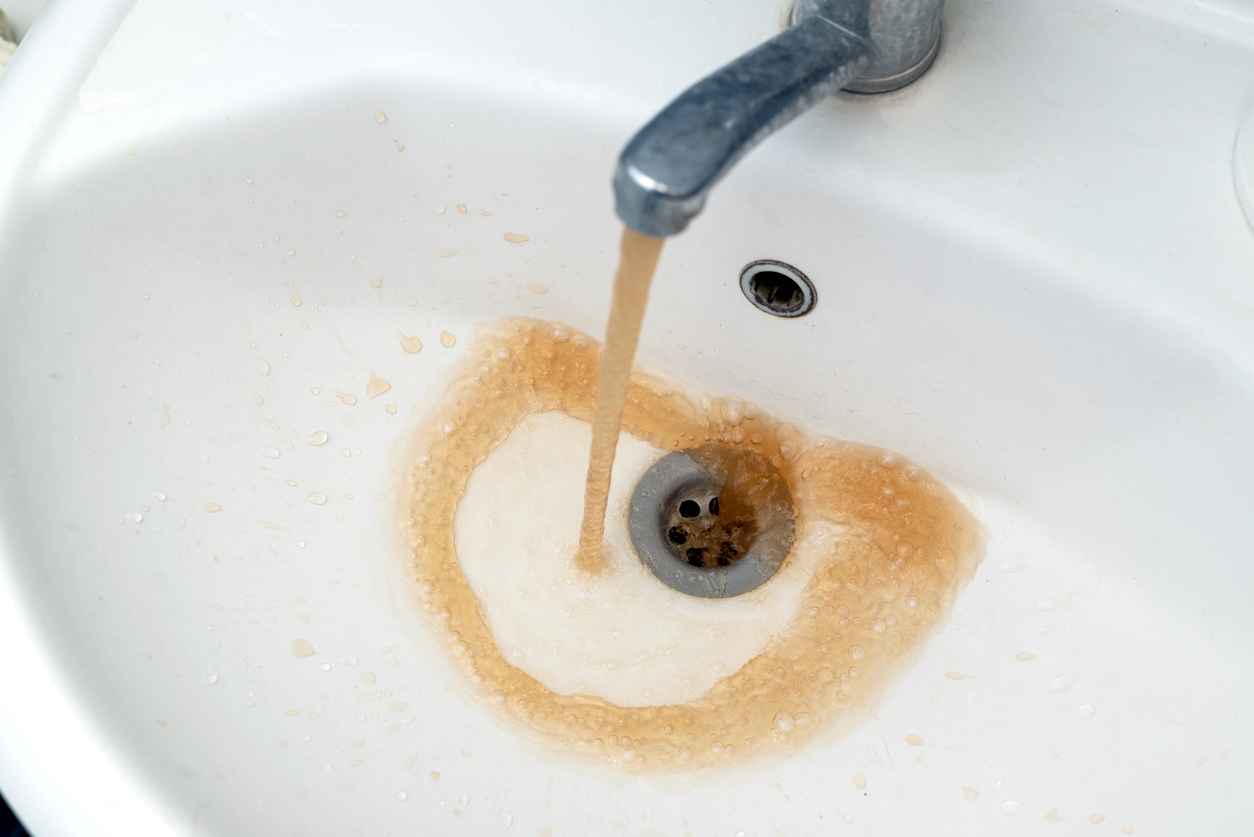
Unveiling the Most Common Water Contaminants
September 1, 2023
In a world where access to clean and safe water is essential for our well-being, understanding the most common water contaminants becomes paramount. From naturally occurring elements to pollutants introduced by human activity, a range of substances can compromise the quality of our water supply.
In this blog, Water Dr. LLC will share the most common water contaminants that can affect our health and the environment. Keep reading to learn more about the hidden dangers that can be found in your home’s water supply.
Sediments and Particles
Sediments and particles are among the most prevalent contaminants found in home water supplies. These tiny pieces of debris can originate from soil erosion, corroded pipes, or natural sources. While they may not pose a significant health risk, sediments can affect water clarity and may lead to clogged pipes and appliances.
Chlorine and Disinfection Byproducts
Chlorine and disinfection byproducts (DBPs) are often introduced into water as part of the disinfection process by water treatment facilities. While chlorine effectively kills harmful microorganisms, it can react with organic matter to form DBPs, which have been associated with potential health concerns and an undesirable taste and odor.
Heavy Metals
Heavy metals such as lead, mercury, cadmium, and arsenic can find their way into water supplies from industrial discharges, corroded pipes, or natural deposits. These contaminants pose serious health risks, particularly in high concentrations. Lead, for example, can leach from old plumbing systems and cause developmental and neurological issues, making its detection and removal crucial.
Radon
Radon is a naturally occurring radioactive gas that can dissolve in water, particularly groundwater from wells. Inhaled radon gas poses significant health risks, including an increased risk of lung cancer. Ensuring proper ventilation and radon testing can help address this potential threat.
Hardness and Minerals
Water hardness, caused by minerals like calcium and magnesium, is a common issue in many areas. While not necessarily harmful to health, hard water can lead to limescale buildup in pipes, appliances, and fixtures, reducing their efficiency and longevity.
Microorganisms and Bacteria
Microorganisms and bacteria like E. coli and coliform are biological contaminants that can enter water sources through sewage or agricultural runoff. These contaminants can cause gastrointestinal illnesses and other health problems if ingested. Proper water treatment and disinfection are essential to eliminate these risks.
Water Treatment Services in Connecticut
At Water Dr., we are dedicated to your well-being and the purity of your water supply. Our comprehensive water treatment services aim to provide Ansonia, CT, residents with the healthiest and cleanest water possible. With our expertise and cutting-edge solutions, we address a wide range of contaminants, ensuring that your drinking water meets the highest standards of safety and quality. Contact us today to learn more.
Recent News
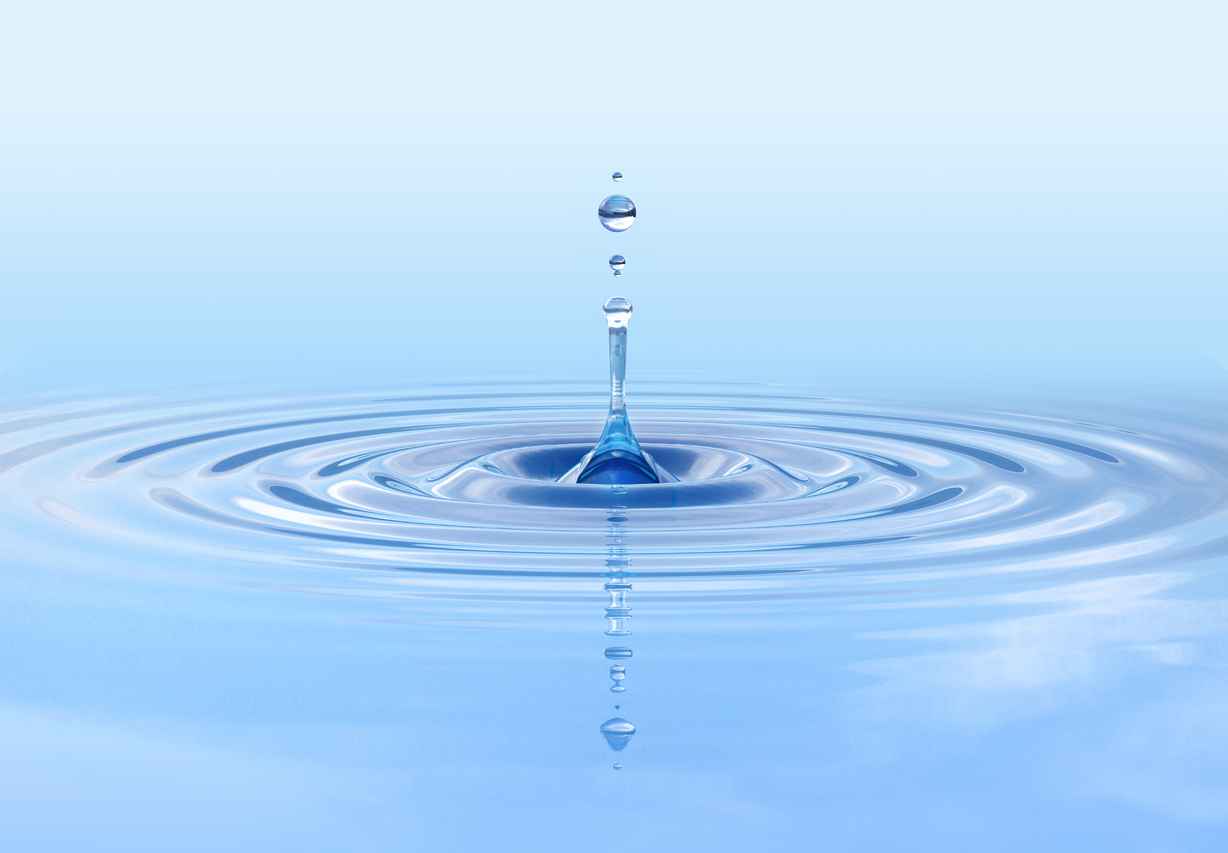
Why Clean Water Matters for Your Health
November 13, 2025
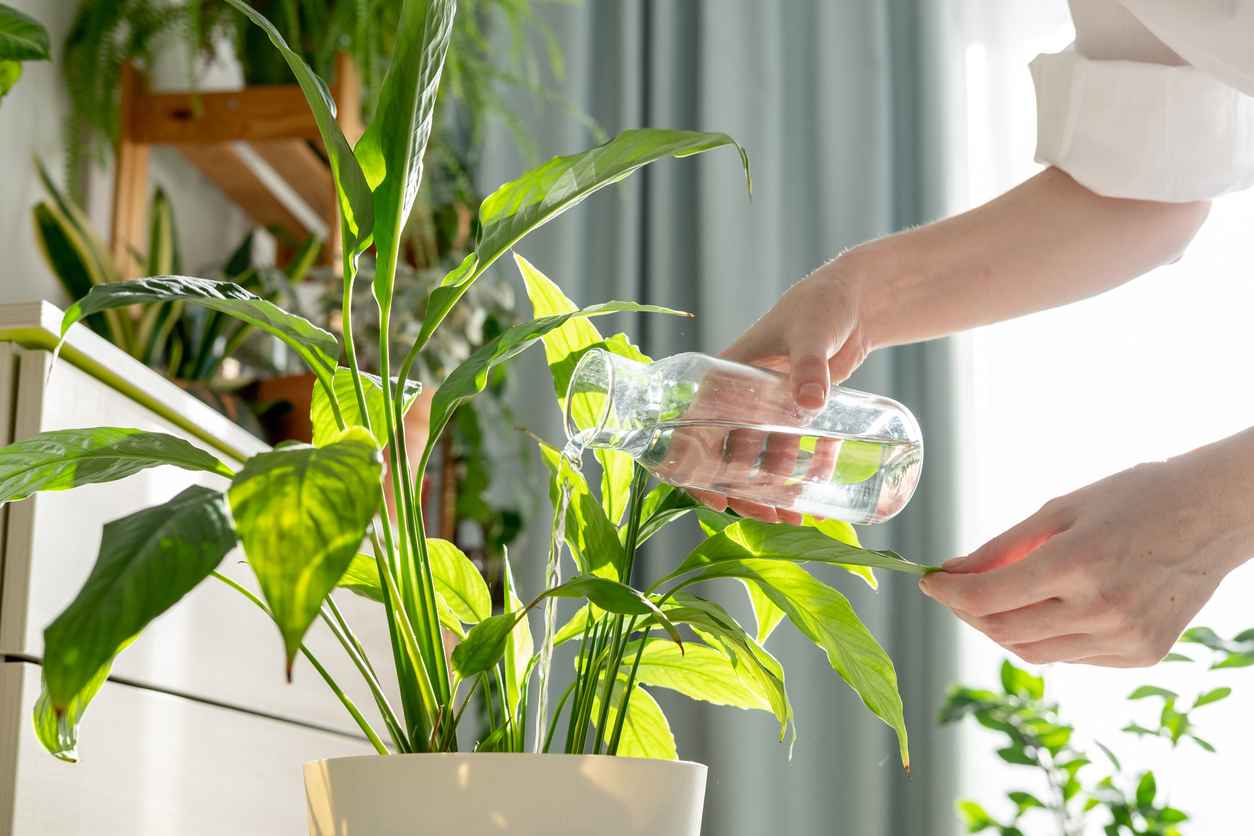
Eco-Friendly Benefits of Maintaining Your Water System
September 10, 2025
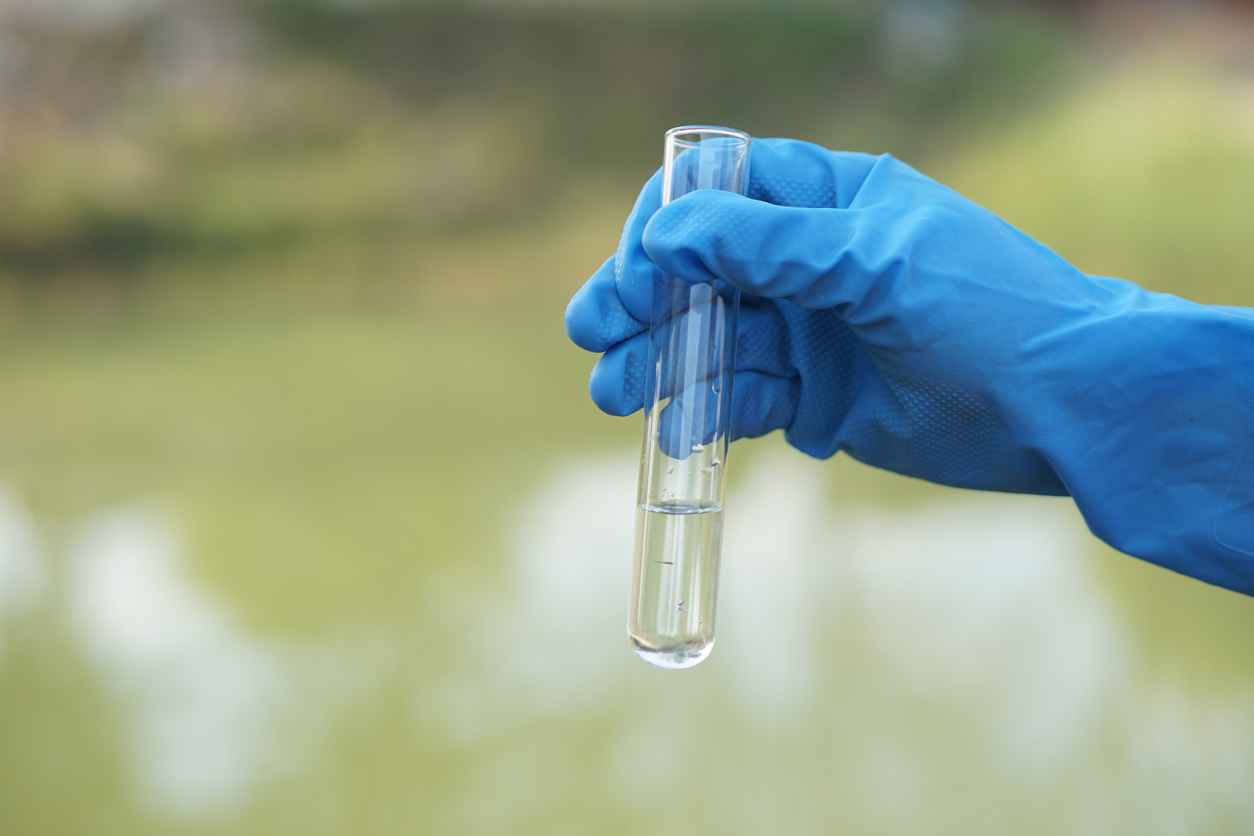
5 Signs It’s Time to Test Your Well Water
August 15, 2025
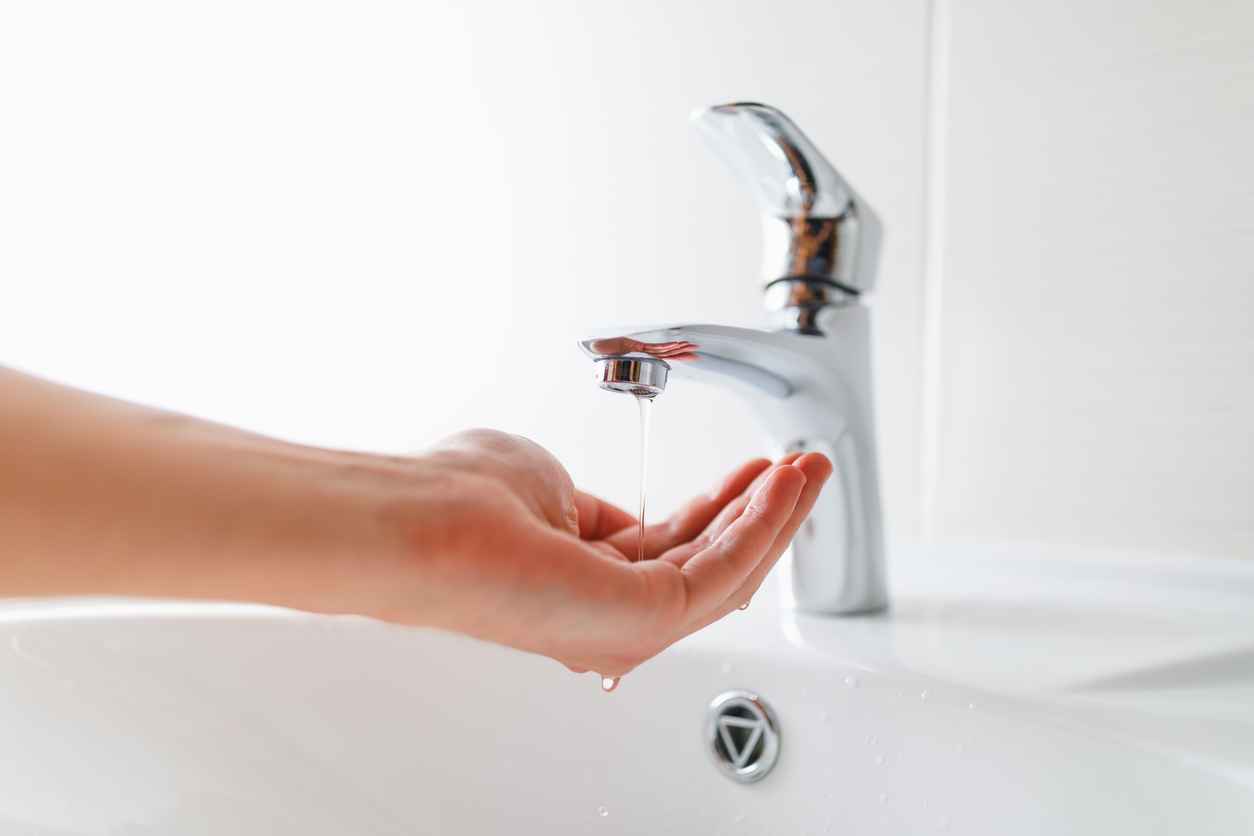
Top 5 Causes of Low Water Pressure in Homes
June 16, 2025
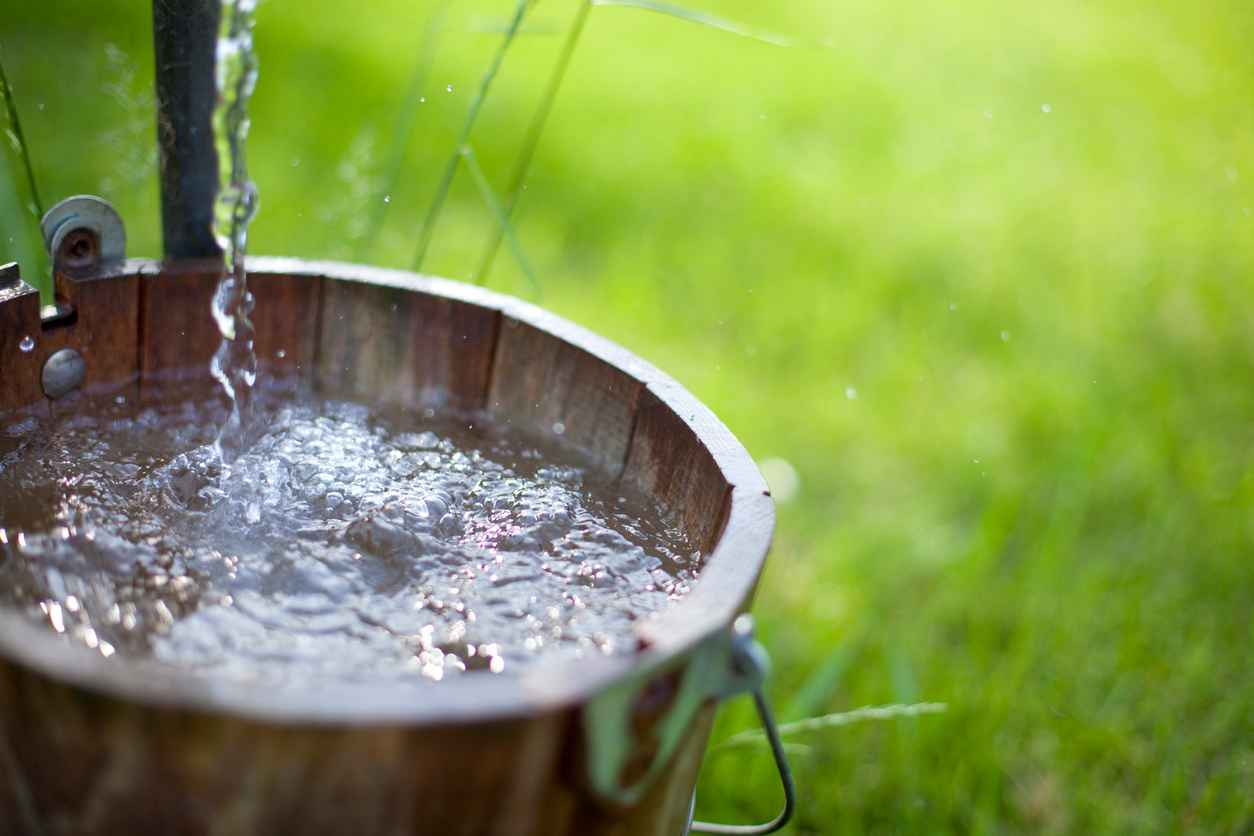
Why Spring Is the Perfect Time to Test Your Well Water
May 12, 2025

Water Conservation Tips: How to Reduce Water Usage and Save Money
March 13, 2025

